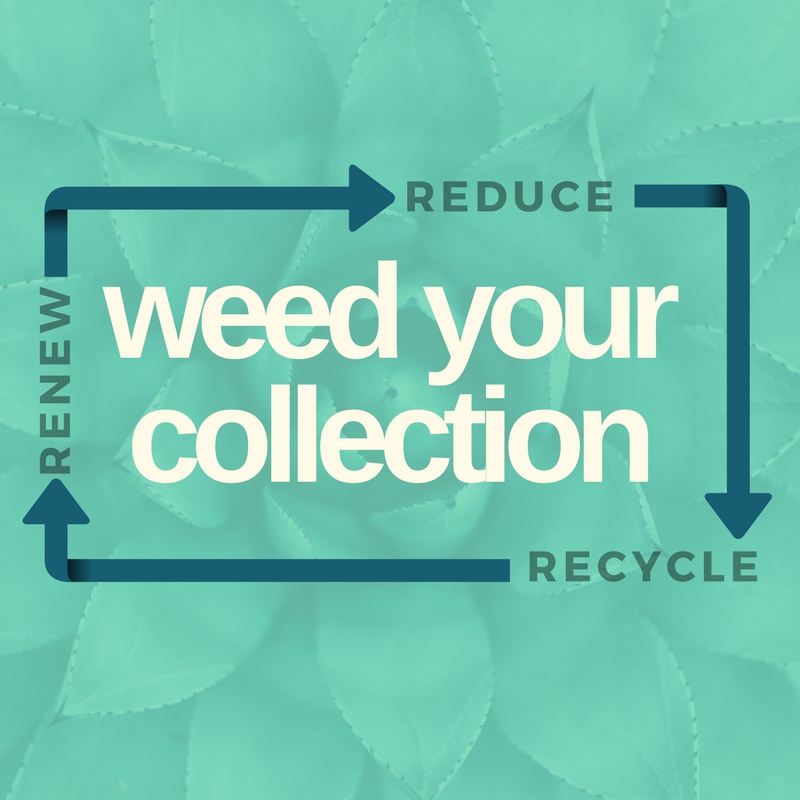I chose to compare the guidance provided by SCIS as to what a collection management policy might include, with ALIA and with the University of Queensland collection management policy and principles. SCIS suggests that a policy should; “reflect needs of the users, support and enrich the curriculum, encourage and develop a love of reading, [and] be accessible to the school community” (2013, para. 8). ALIA (2016) provides a similar framework; however, it does not make mention of reading for pleasure. Instead, ALIA focuses on the needs of the learners in terms of the curriculum. The University of Queensland (2017) have developed a specific policy and guiding principles for their collection management. As well as the considerations previously listed, the University of Queensland also includes specific clauses relating to duplication of resources, consultation with the learning community, provisions relating to budget and a specific policy for digital resources. The similarities throughout the three definitions, or sets of activities, include; access, balance, the needs of the clientele.
Definitions as stated in sources:
ALIA
“A school library is a physical and digital learning space where research, reading, inquiry, critical thinking, imagination and creativity are made possible by access to an organised collection of resources. The teacher librarian has expertise in the selection, organisation and deselection of high quality and diverse resources: print and digital.”
· “Physical and digital access to the library should be readily available to all learners
· collections should be balanced with print and digital resources that are diverse and informed by learning and teaching requirements
· teacher librarians use their background in teaching and library management to ensure that the collection meets the needs of the learners”(ALIA, 2016).
SCIS
“Collection development
Stocktaking and weeding come firmly under the umbrella of collection management and development, which is formalised in a collection development policy. Every library has a collection development policy, even if it is only in the head of one person. Ideally every school library should have a written policy. This may include:
· purpose of the collection
· type of material in the collection
· selection criteria and processes
· budgeting policy
· weeding criteria
· stocktaking processes
· procedures for dealing with controversial material.
Whether formally written in a policy, or informally ‘understood’ by the person responsible for the library, it is most important to be very clear on what the purpose of the school library collection is. A purpose statement in a school library collection development policy usually includes phrases like:
· reflect needs of the users
· support and enrich the curriculum
· encourage and develop a love of reading
· be accessible to the school community” (SCIS, 2013).
UQ
“Collection management at UQ Library is guided by a number of stated principles and seeks to support the teaching, learning and research needs of the University. Clients and library staff cooperate in the selection of materials with the aim of maintaining a balance between subscriptions and monographs and between research needs and teaching and learning requirements. The Library has an ePreferred Collection Management Policy.
We acknowledge that electronic formats are not suited to all subject areas, nor are they appropriate for all clients, at all times. As such, the Library continues to purchase materials in print.”
“General Principles
1. Selected resources will support UQ’s current teaching, learning and research needs
2. An appropriate balance between teaching and learning requirements, and research needs will be maintained. Where possible, the Library will supplement expenditure on its collections with funds provided from research infrastructure, bequests and endowments, as well as other income
3. The Library has an e-preferred collection management policy. It acquires resources in electronic format, where possible
4. Where possible, the Library’s expenditure on its collections will be no less than 45% of the Library’s recurrent budget
5. A balance will be maintained between the acquisition of subscriptions and monographs
6. Consultation with UQ’s research and teaching community will determine the levels of collecting for each disciplinary area, primarily in relation to need
7. In general, resources purchased or otherwise obtained by the Library will be housed in the Library’s collections. Exceptions include electronic resources only available via suppliers’ servers, datasets, standards, and document delivery
8. The Library will avoid unnecessary duplication of resources
9. The Library’s collections will be supplemented by providing University students and staff with access to document delivery services for academic purposes
10. Given the finite space for physical collections in its on-site libraries, the Library will move significant but lesser-used material to its warehouse. This material will be available on demand. If duplicated by an online equivalent, the print will be discarded
11. The level of collecting and the effectiveness of the collections will be regularly assessed” (UQ, 2017).
References
Australian Library and Information Association. (2016). ALIA-ASLA policy on school library resource provision. Retrieved from https://www.alia.org.au/about-alia/policies-standards-and-guidelines/alia-asla-policy-school-library-resource-provision
University of Queensland. (2017). Collection management policy. Retrieved from https://web.library.uq.edu.au/node/1748/#Principles
Schools Catalogue Information Service. (2013). Secret library business. Retrieved from http://www2.curriculum.edu.au/scis/connections/issue_62/secret_library_business.html
[Forum Reflection: Module 1.2]
